Spinach: what is it, properties and storage
Among the garden greens, which are especially popular and useful for humans, spinach is distinguished. It is adored by vegetarians who devour dishes with spinach in huge quantities. It is included in all kinds of diets, in the dishes of people who dream of losing extra pounds and improving their body. Vegetable-obsessed Americans and Europeans lead a healthy lifestyle.
More than two centuries ago, a green vegetable, spinach, appeared on the tables of gourmets from America and Europe. This herbaceous plant quickly gained popularity, and now its royal fame has only strengthened. And all this is due to the beneficial properties of spinach, which still grows wild in the countries of the East.
Content:
- Spinach - what is it, description
- The composition of a leafy vegetable, its beneficial properties
- Harm and contraindications
- How to choose and store correctly
Spinach - what is it, description
The Amaranth family is represented by spinach species with different ripening periods. It is cultivated all over the world, growing to collect useful leaves. Plants are divided into male and female. In males, a stem is first formed, which contains a small amount of leaves. Flowers are collected in panicles. Female plants have lush greenery, inflorescences hide in the axils of the leaves. Spinach leaves are oblong, ovoid or triangular-lance-shaped. Their surface is smooth, bright green.
Like any herb, spinach is necessary for the human body as a supplier of vitamins, trace elements, and minerals.
As soon as a rosette of leaves in the phase of 5-8 leaves appears on the stem, they are cut off for consumption. After the emergence of flowering shoots, spinach is not suitable for cooking.
Grow spinach in the open fieldsowing it several times per season. He prefers a nutritious soil with an optimal acidity level. You can sow vegetables in the winter, tearing off the rosettes of leaves in early spring.
The composition of a leafy vegetable, its beneficial properties
A broom for the stomach, a king among the greens - this is what Europeans call this vegetable culture. The benefits of spinach leaves can be obtained in a variety of ways due to the richness of the plant's composition:
- All groups of vitamins from A to C, a large percentage of potassium have a beneficial effect on the work of the heart muscle. Saturated with useful substances, the human heart works stably, without interruptions.
- The consumption of spinach improves the function of the hematopoietic organs. The number of red blood cells in the vessels increases, saving a person from anemia. Cholesterol levels decrease, blood is saturated with iron, potassium, manganese, boron, cobalt, folic acid.
- Fiber from spinach leaves has a positive effect on the peristalsis of the intestinal walls. And oxalic acid helps to fight constipation, the accumulation of gases in the organs of the digestive tract.
- Having consumed one hundred grams of greens a day, a person receives a daily intake of beta-carotene, lutein, zeaxin, which help our eyes to remain vigilant, and prevent diseases of the organs of vision.
- More than twenty percent of the calcium in the leaves of the vegetable is enough to strengthen the skeletal system and teeth. But only fresh vegetable leaves will benefit.
- Women who dream of losing weight are recommended to include spinach in their diets, as a means that actively burns fat, cleansing the body of toxins.
- In the formation of a healthy fetus, the main role is assigned to folic acid, the lack of which will affect the structure of the nervous tissue of the embryo. Therefore, it is so important for pregnant women to include spinach in their diet.
- The green product is useful for young children, preventing the appearance of rickets, strengthening the growing bones and teeth. And for teenagers, spinach is the product that will help cope with stress and depression.
- For athletes to increase their physical capabilities, the herb is simply a must for consumption. It will not only increase the level of trace elements, vitamins in the body, but also improve the hormonal background of a man, helping to increase the production of testosterone.
- The pantry of biochemical elements, substances - young spinach leaves - will open its doors to the world of health for a person. All that remains is to eat the leaves fresh or prepare delicious dishes from them. And then in the offseason, immunity will strengthen, the whole body will be charged with energy.
Harm and contraindications
The absolute contraindications for eating spinach include:
- The presence in a person of such diseases of the kidneys, liver, bladder as nephritis, oxaluria. Their aggravation will be associated with the presence of oxalic acid in the grass. It can also lead to exacerbation of stomach ulcers, duodenal ulcers, colitis, enterocolitis, and intensify the inflammatory process in the pancreas.
- Purine in the leaves can cause gout attacks. This is due to an increase in the level of uric acid in the blood, which does not have time to be excreted from the body, but accumulates in soft tissues and joints.
- It is forbidden to take spinach indefinitely for persons with a violation of the water-salt balance, the elderly.
- When undergoing antibiotic treatment, it is necessary to stop eating spinach leaves.
- For allergy sufferers, adverse reactions to the product are possible. They are expressed by the appearance of rashes, itching, irritation on the skin.
A garden plant like spinach is undoubtedly good for the human body. But you need to be aware that overripe leaves of a plant, accumulating oxalic acid, can cause poisoning.
You cannot store dishes made from vegetables for a long time, otherwise nitrogen salts will begin to form in them, which is fraught with health complications.
Dairy products can neutralize plant toxins. Cream, milk can be poured over spinach leaves during cooking. Even a seemingly harmless grass causes severe harm to the human body in some cases.
How to choose and store correctly
When buying spinach, you cannot neglect the selection rules in any case:
- The rosette of leaves should be juicy, bright green, indicating the freshness of the grass.
- The richness of the scent can whet your appetite, not disgust.
- The crispness of a plant's leaf is the main indicator of its freshness. You can check this quality by squeezing the tip of the leaves between your fingers. If you hear a slight crack, it means that the product was ripped off no more than half a day ago and was not stored for a long time.
- There should be no external damage on spinach - only smooth and juicy leaves. Their wilting can be detected with the naked eye.
- And if yellowish and brown spots are visible on the plant, then you do not need to purchase such a product. It is either pooled by harmful insects or recently sprayed with chemicals.
- The stem of young spinach is not too wide. Its large value indicates an overripe vegetable, and there is no benefit from it.
Spinach can be difficult to keep fresh. It is best to use it during the fall or spring as salads, soups. It goes well with cottage cheese, cheese, potatoes, meat. The neutrality of the taste of the herb will not spoil your favorite dish. It is used for the preparation of canned food, seasonings, dyes in the food industry.
Storage of fresh vegetables or dishes from it should not exceed a day or two in a cool place. To enjoy the vegetable in winter, you can freeze it.Before placing in the freezer, the leaves of the plant are boiled by adding a little baking soda to the water. The mass crushed in a blender is laid out in molds or bags and placed in the cold. To prepare vitamin soups in winter, the broth, along with chopped stems and spinach leaves, are frozen in plastic containers.
Another way to store greens is to dry them.
Dry the washed stems and leaves of grass in a ventilated room or in the oven at a temperature of no more than 30 degrees. Store dry parts in jars or containers for up to six months.
You can add salt to the plant by placing the sliced portions of the vegetable in a jar and sprinkling each layer with iodine-free salt. Be sure to tamp the spinach well. After filling the jar, it is placed in the refrigerator. Canning vegetables with hot brine is also possible. Any type of cooking spinach for the winter allows you to preserve its excellent taste and useful properties.
More information can be found in the video:



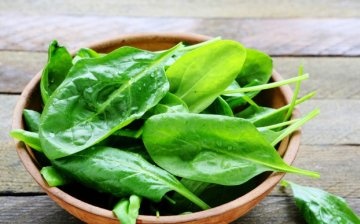
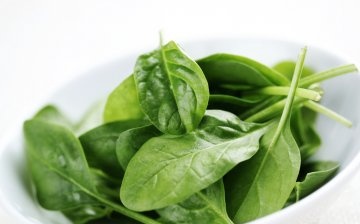
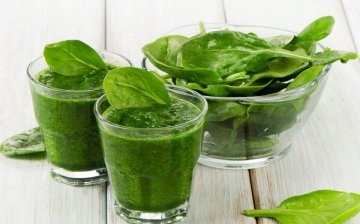
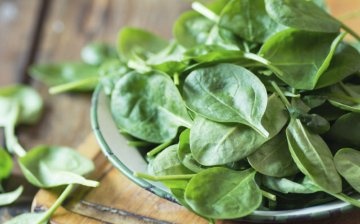
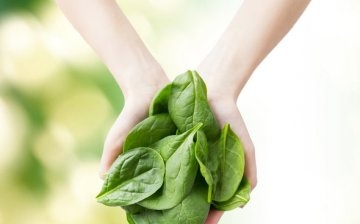





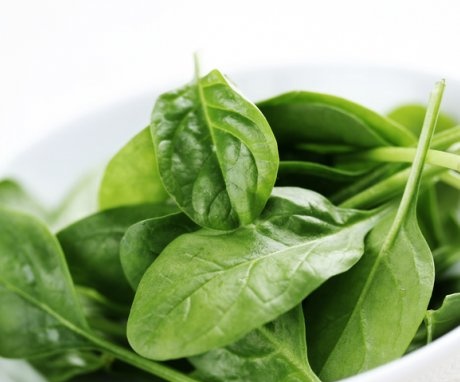
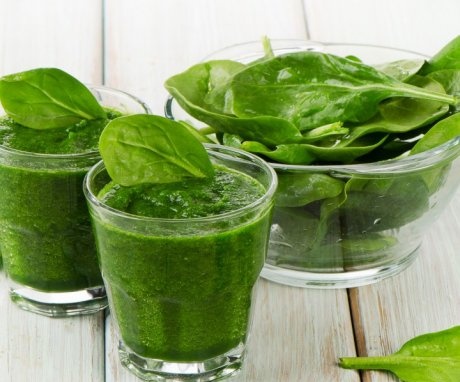
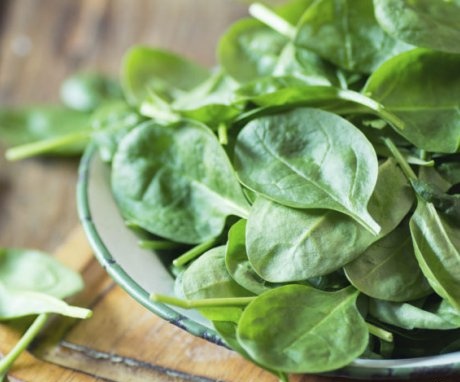
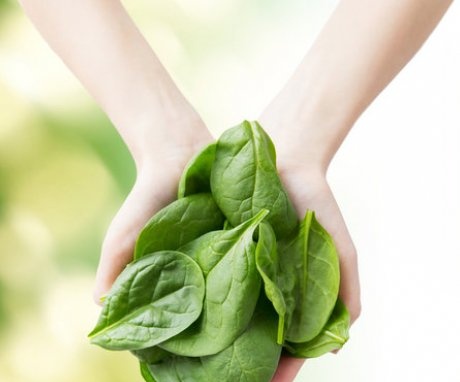
We love spinach very much. We prepare soups, salads, and pies from it. But we tried to freeze it and add it to food in winter, the taste turned out to be completely different, so now we use it only in season.